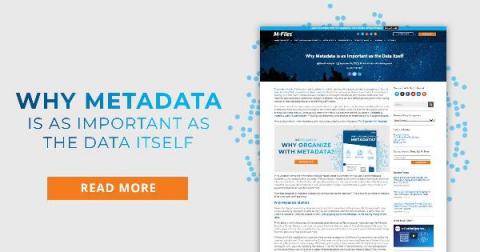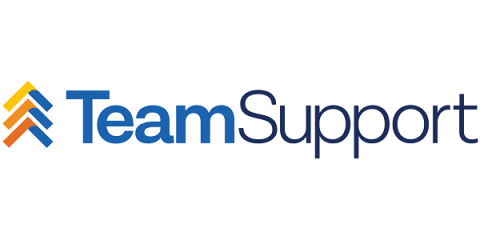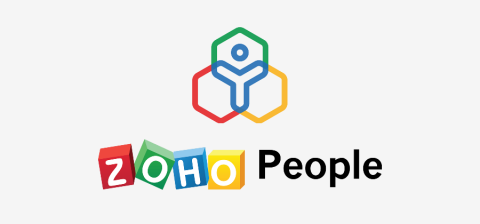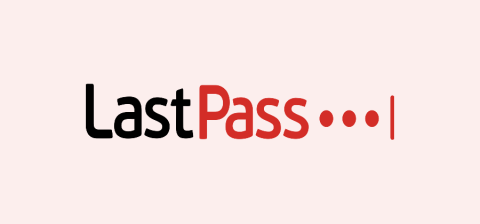Creating clarity through goal setting: Five experts on OKRs
In the past six months, the world—and work—has changed dramatically. Priorities have shifted, teams that once sat together everyday are distributed, and ways of operating are different. As an organization, how do you maintain alignment between people and teams in this new environment? How do you sustain clarity about what your goals are and how to achieve them? Objectives and key results (OKRs) are one way of creating clarity in an organization.











